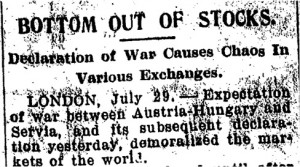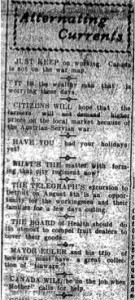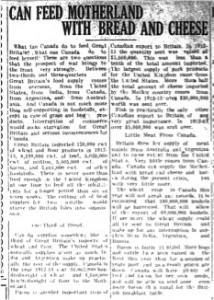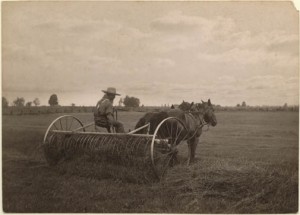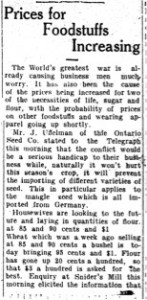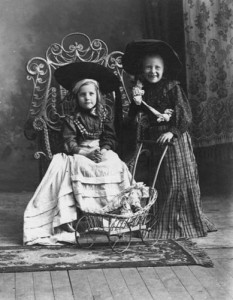Army worms, a pestilence that attacks cereal crops, were making their way through the farms of southwestern Ontario in the summer of 1914. The army worms, if left to multiply, moved in large ‘armies’ through fields eating everything in their path. While Waterloo region was keeping a watchful eye on the increasing tensions in Europe, the army worm issue was at a forefront of local concerns during the month of July.
On 23 July, the Waterloo Chronicle- Telegraph wrote:
“The army worm is today marching through the county, laying bare a path several miles wide and doing damage the extent of which it is difficult to estimate.”
At this point in the summer, the armyworm had attacked all of the surrounding counties, including Oxford and Brant, and had reached the borders of Waterloo County. The county remained hopeful that they could prevent extensive damage with the help of six agriculture experts who were graduates of the Ontario Agricultural College located in Guelph. With most of southwestern Ontario affected by the pestilence, wheat and other grains were expected to increase in price.
(“Army Worms Cause Much Worry,” Waterloo Chronicle- Telegraph, 23 July 1914; “How to Fight Army Worm,” Hespeler Herald, 30 July 1914)
